October 22, 2025
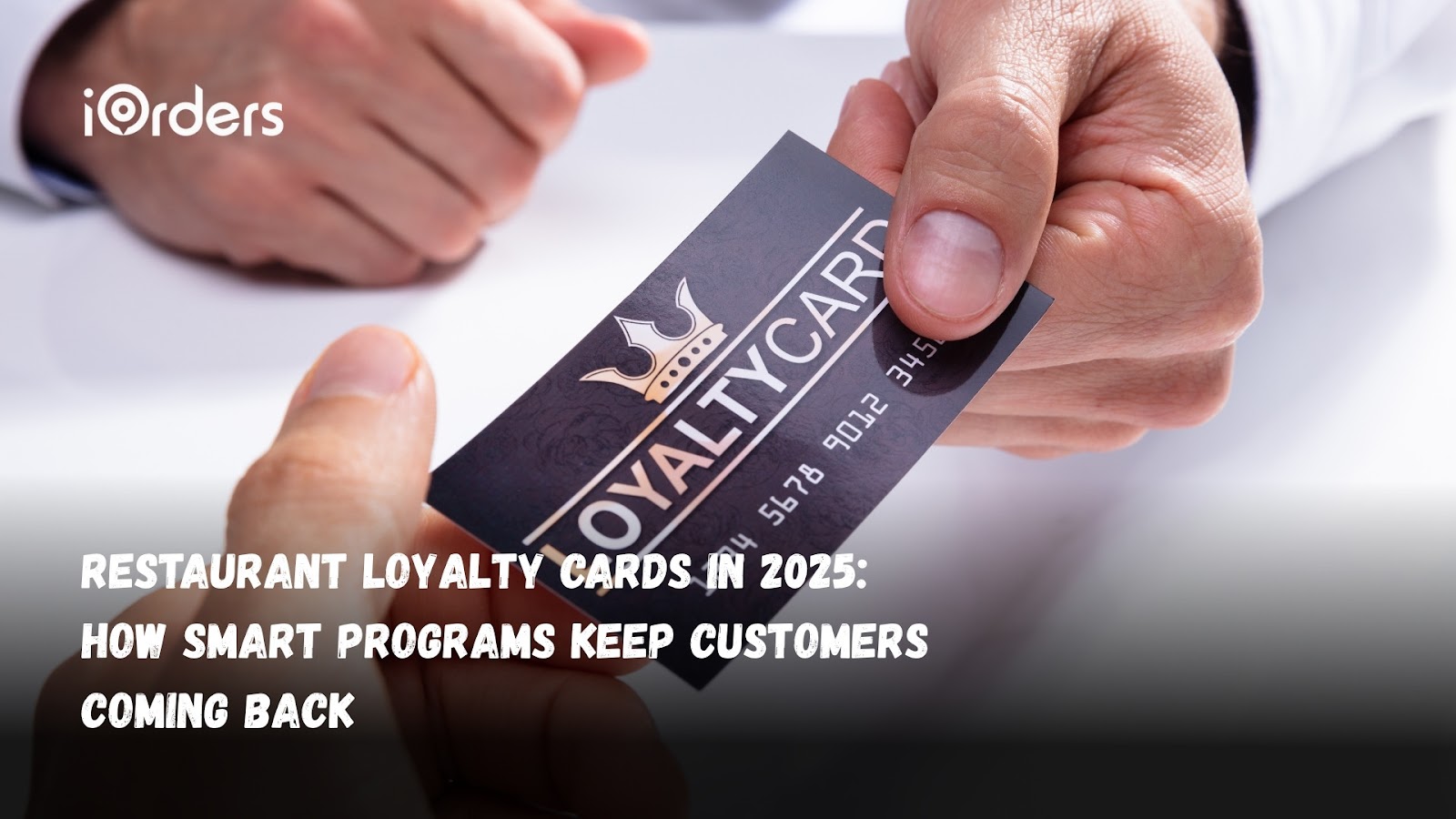
Recently, a new report showed that loyalty-driven traffic rose 5% year-over-year, even as overall restaurant visits declined 2%. This shift suggests that diners are placing more value on loyalty rewards and incentives than ever before. In Canada, too, 42% of diners now say they’re active members of at least one restaurant loyalty program, up sharply from previous years.
These data points aren’t industry fluff; they’re signs that restaurant loyalty cards and rewards systems are becoming essential tools. If your restaurant doesn’t already have one, it risks falling behind.
A loyalty card does more than give freebies. It gives your customers a reason to return, strengthens your brand, and helps you build data that drives smarter decisions.
In this guide, we’ll break down exactly what makes a loyalty card work, how to build one the right way, and how modern tools help even small restaurants compete.
A restaurant loyalty card is a simple idea with a powerful impact, rewarding customers for coming back. Whether it’s a traditional punch card, a scannable QR code, or a mobile app, loyalty cards track customer visits and purchases, then offer something in return, a free drink, a discount, or exclusive access to new menu items.
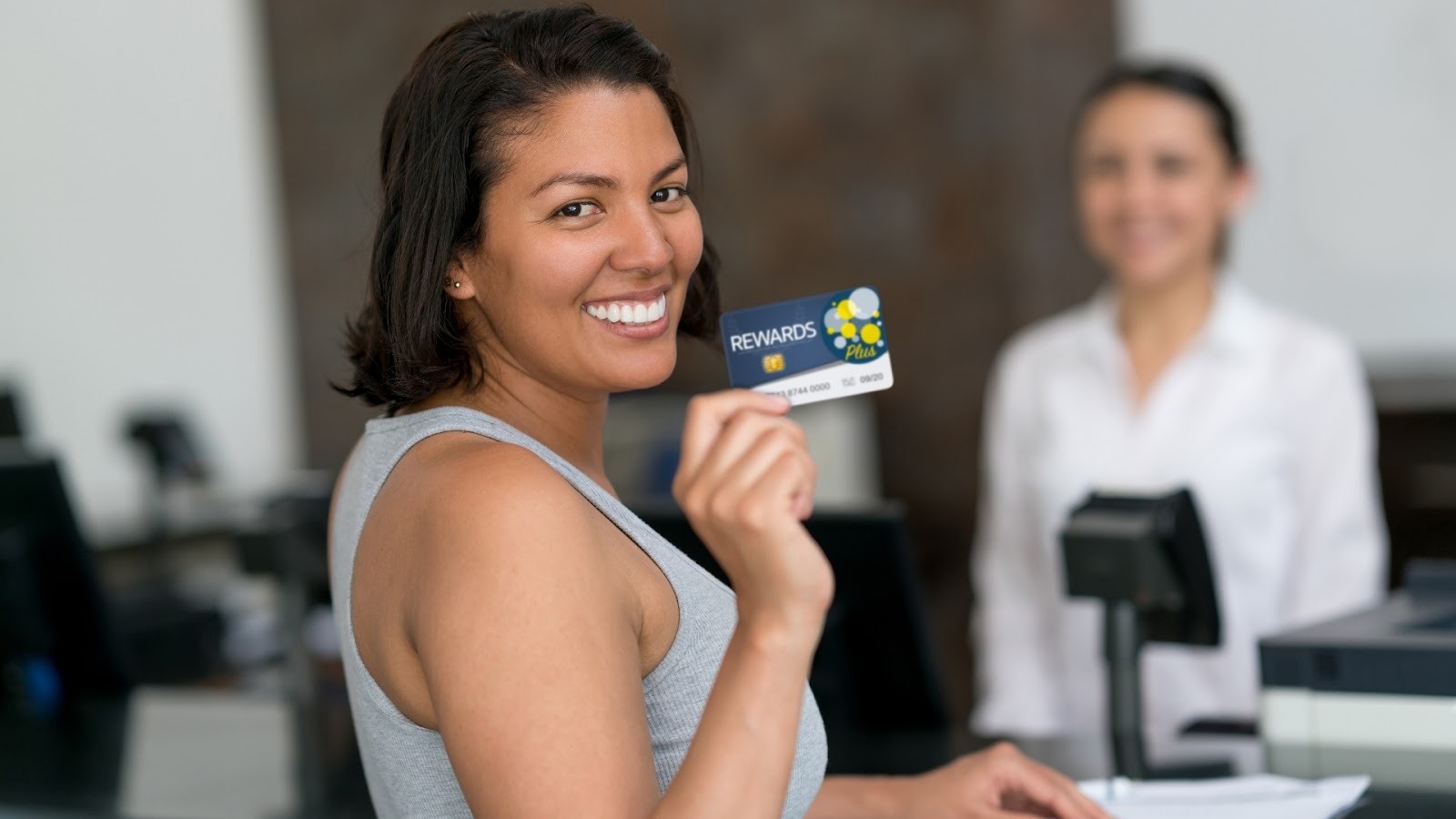
Alt text:What Is a Restaurant Loyalty Card?
The concept isn’t new. Decades ago, cafés handed out stamp cards to encourage repeat visits. Today, that same strategy has gone digital, integrated into apps, websites, and even POS systems. The principle, however, hasn’t changed: when customers feel recognized and rewarded, they return more often.
But what makes loyalty cards still relevant in 2025?
Two reasons stand out: data and convenience.
Modern loyalty systems collect valuable insights like order frequency, favorite items, and average spend, helping restaurants personalize promotions and make better business decisions. Meanwhile, customers love the ease of earning and redeeming points digitally. No paper cards to lose, no manual tracking, just simple, automatic rewards.
In short, a restaurant loyalty card today is more than a marketing tactic. It’s a retention engine that turns occasional diners into loyal regulars, all while helping restaurants better understand and serve their customers.
The restaurant business has always been competitive, but today, customer attention is harder to keep than ever. Diners have endless choices, and with delivery apps dominating the market, loyalty is no longer guaranteed; it has to be earned.
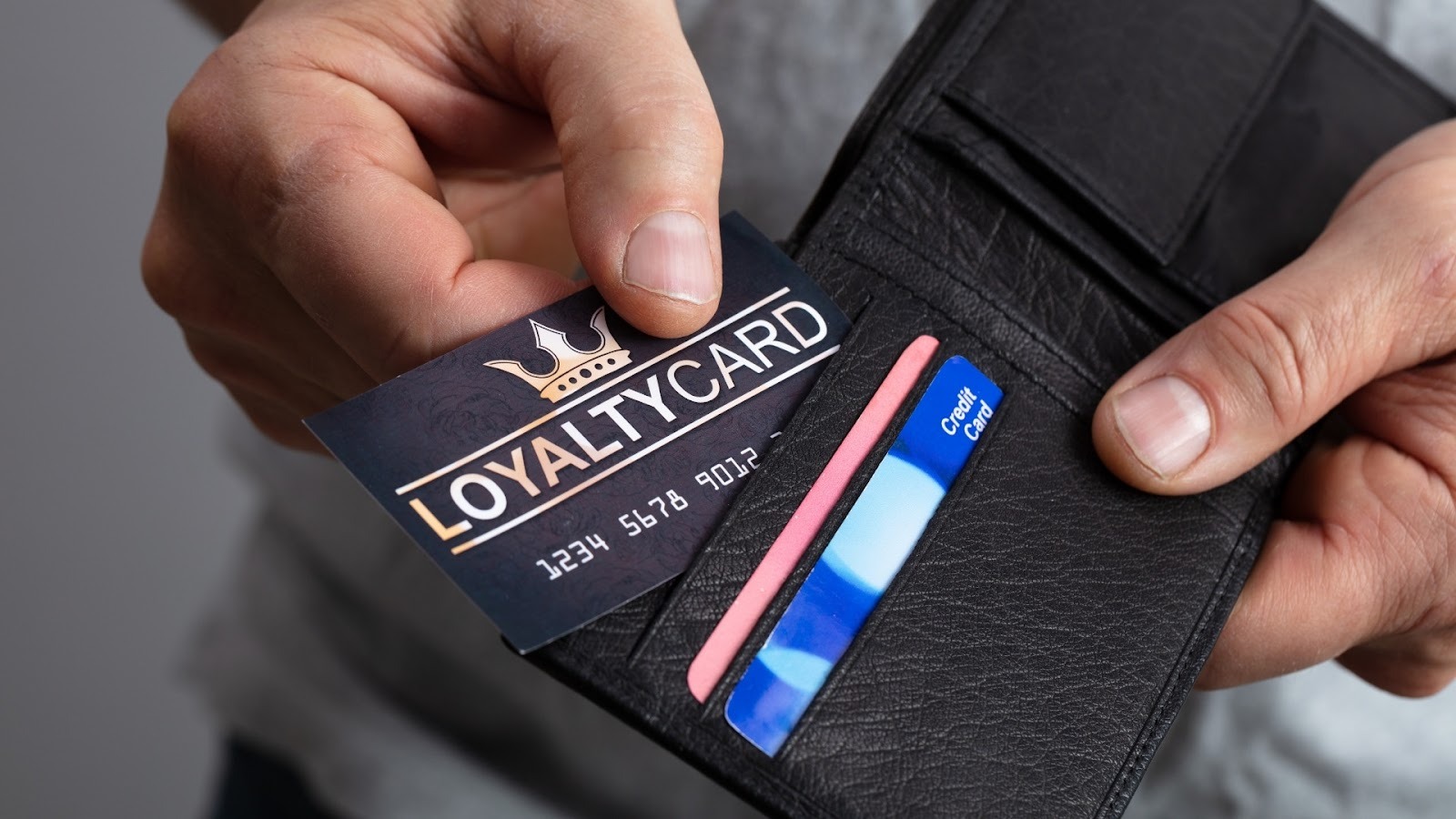
Alt text:Why Restaurant Loyalty Programs Matter More Than Ever?
That’s where a well-designed restaurant loyalty card and reward program makes all the difference.
According to TouchBistro’s latest Canadian Diner Report (2025), nearly 60% of diners are more likely to choose a restaurant where they can earn rewards. The logic is simple: if two cafés offer the same latte, customers will go where their loyalty pays off.
Beyond repeat visits, the math makes sense, too. Studies show that loyal customers spend up to 67% more per visit than new ones and are 5x cheaper to retain than to acquire. For restaurants working with tight margins, that difference is massive.
A loyalty program keeps your restaurant top of mind long after a meal ends. And in a market where competition is fierce, that emotional connection is often your biggest profit driver.
Each type of restaurant loyalty card system appeals to different customer behaviors. There’s no universal formula for customer loyalty; your ideal program should reflect your restaurant’s personality, menu, and guest behavior.
Here are the most common and effective types of restaurant loyalty programs today.
The best loyalty programs don’t just give discounts, they create habits. Choose a model that rewards consistency, feels easy to use, and strengthens your brand identity over time.
Building a restaurant loyalty program that actually drives repeat business isn’t about fancy tech or expensive perks; it’s about knowing your customers and rewarding them in ways that feel personal and valuable.
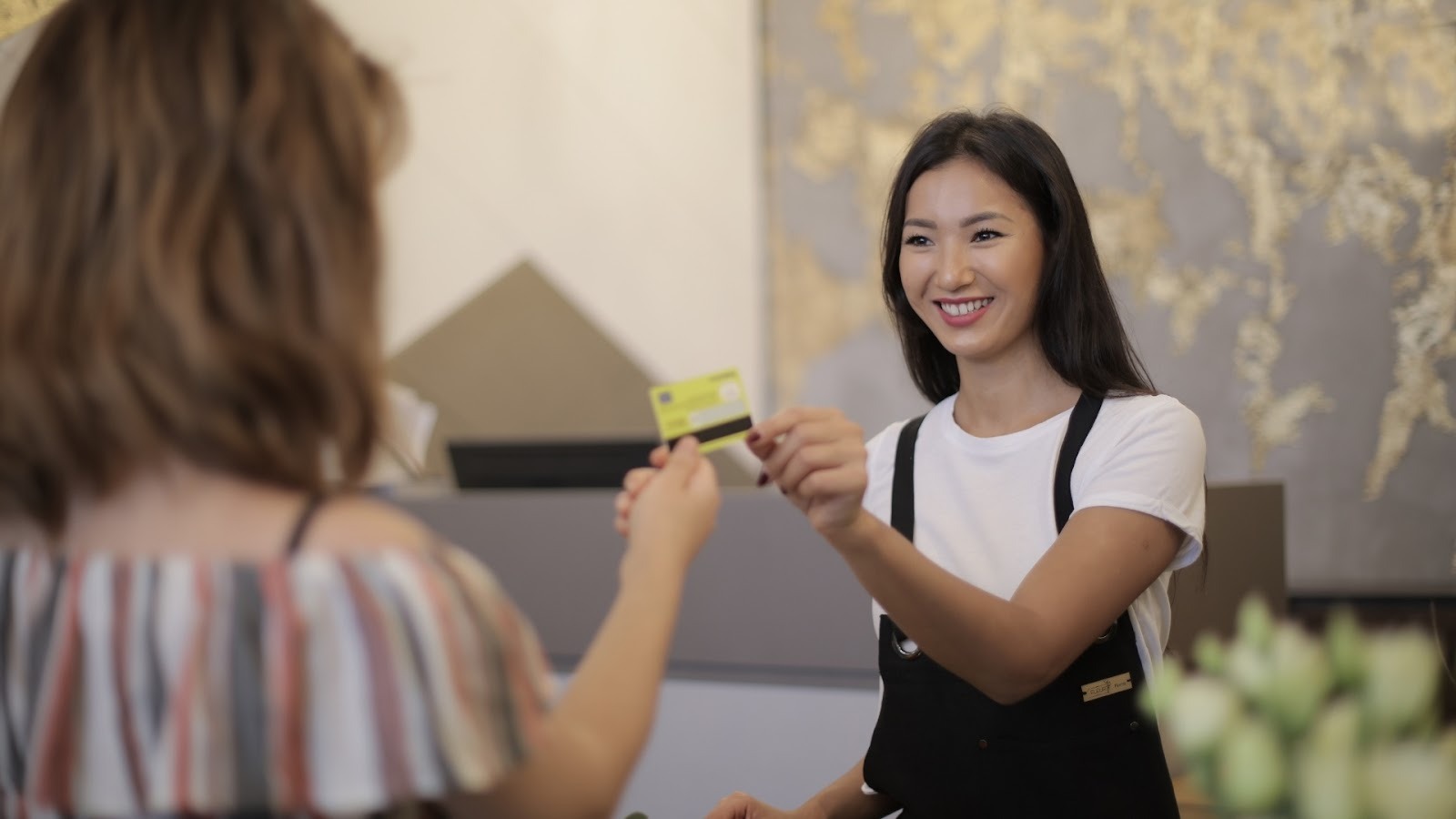
Alt text:How to Create a Successful Restaurant Loyalty Program
Here’s a step-by-step guide to designing a program that works:
Before launching a loyalty program, talk to your customers. Do they prefer discounts, free items, or exclusive experiences? A quick survey or social media poll can reveal what motivates them. The best programs align with customer preferences, not assumptions.
Pick a model that fits your business type and order frequency:
Keep rewards simple, attainable, and clearly communicated. Customers should know exactly what they’re earning and how to redeem it.
Manual tracking leads to errors and lost data. Integrate your loyalty program into your POS or online ordering platform so rewards apply automatically. This also lets you collect valuable insights like visit frequency and order preferences to fine-tune your offers over time.
Even a great loyalty system fails if no one knows about it. Promote your program across all touchpoints: on receipts, table tents, delivery packaging, social media, and email newsletters. Train your staff to mention it at checkout or when customers order online.
Once your program is live, keep customers engaged with surprise rewards, a double-points weekend, a birthday bonus, or early access to new menu items. Small gestures like these create excitement and keep your loyalty system from feeling repetitive.
Track key metrics such as participation rate, redemption frequency, and repeat order volume. If sign-ups stall or redemptions drop, adjust the structure. Loyalty isn’t a “set it and forget it” feature; it evolves with your customers and your menu.
Pro Tip: The best loyalty programs are the ones that blend simplicity with value. Customers should never have to ask how it works; they should feel rewarded naturally, just for doing what they already love: dining at your restaurant.
The most effective restaurant loyalty programs aren’t built on deep pockets; they’re built on smart design, consistency, and a clear understanding of what customers value. Here are a few real-world examples from restaurants across North America that prove loyalty programs can work at any scale.
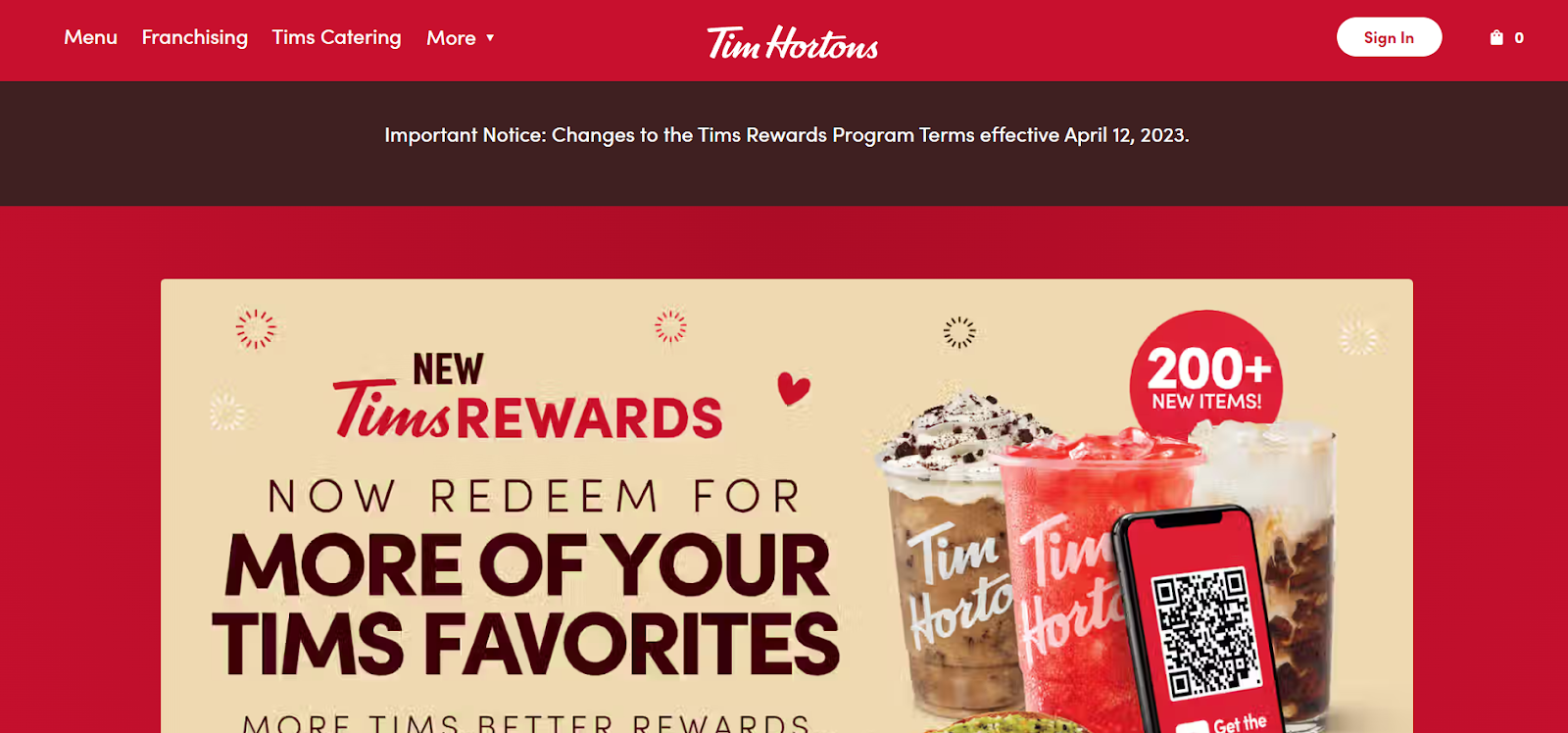
Tim Hortons modernized the classic punch-card model into a fully digital rewards system. Customers collect points through the app for every purchase and redeem them for coffee, baked goods, or meal items. The app’s real strength lies in personalization it delivers tailored offers based on buying habits and preferences.
Key takeaway: Keep it simple and personal. Consistent, easy-to-understand rewards drive everyday engagement.
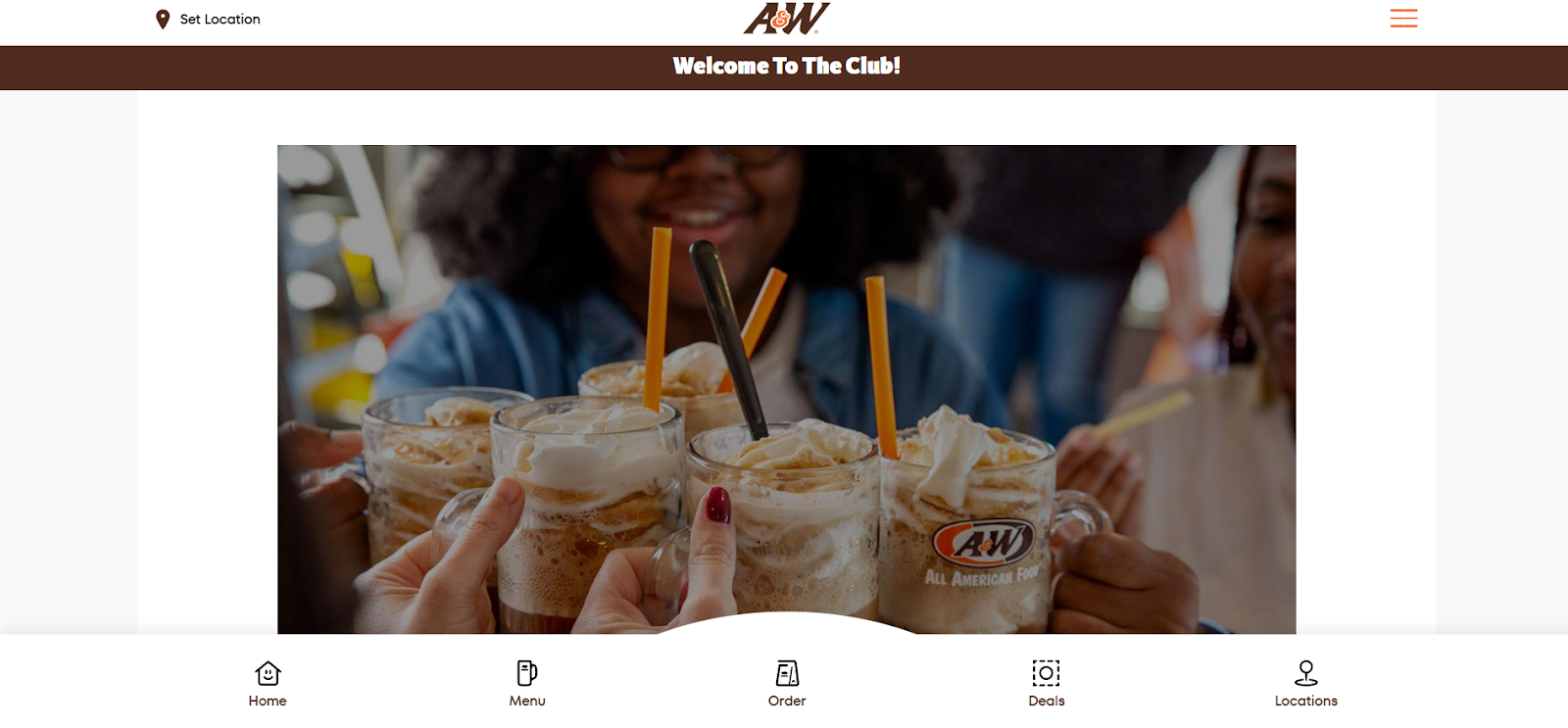
A&W’s loyalty system lets customers earn coins for every dollar spent, redeemable for food and beverage rewards. Through the app, the brand shares exclusive offers, limited-time deals, and birthday perks all designed to deepen engagement and encourage repeat visits.
Key takeaway: A balance of exclusivity and convenience turns routine purchases into loyalty-driven behavior.
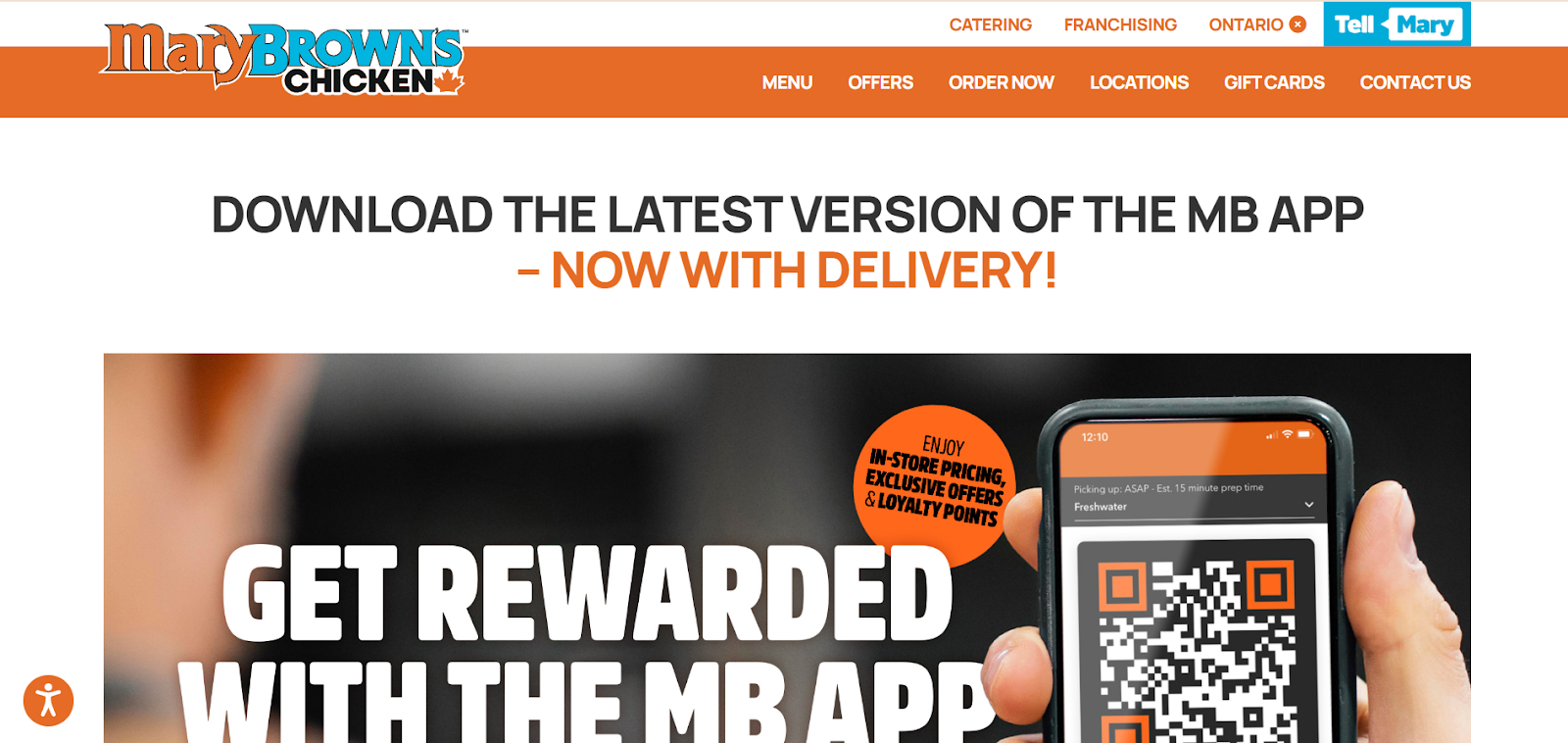
Mary Brown’s integrated its ordering and rewards system into one mobile experience. Customers automatically earn points for every purchase, removing the need for scanning or manual entry. The app’s frictionless setup has helped the chain grow its digital customer base rapidly.
Key takeaway: Make loyalty automatic. When rewards are earned and applied seamlessly, participation soars.
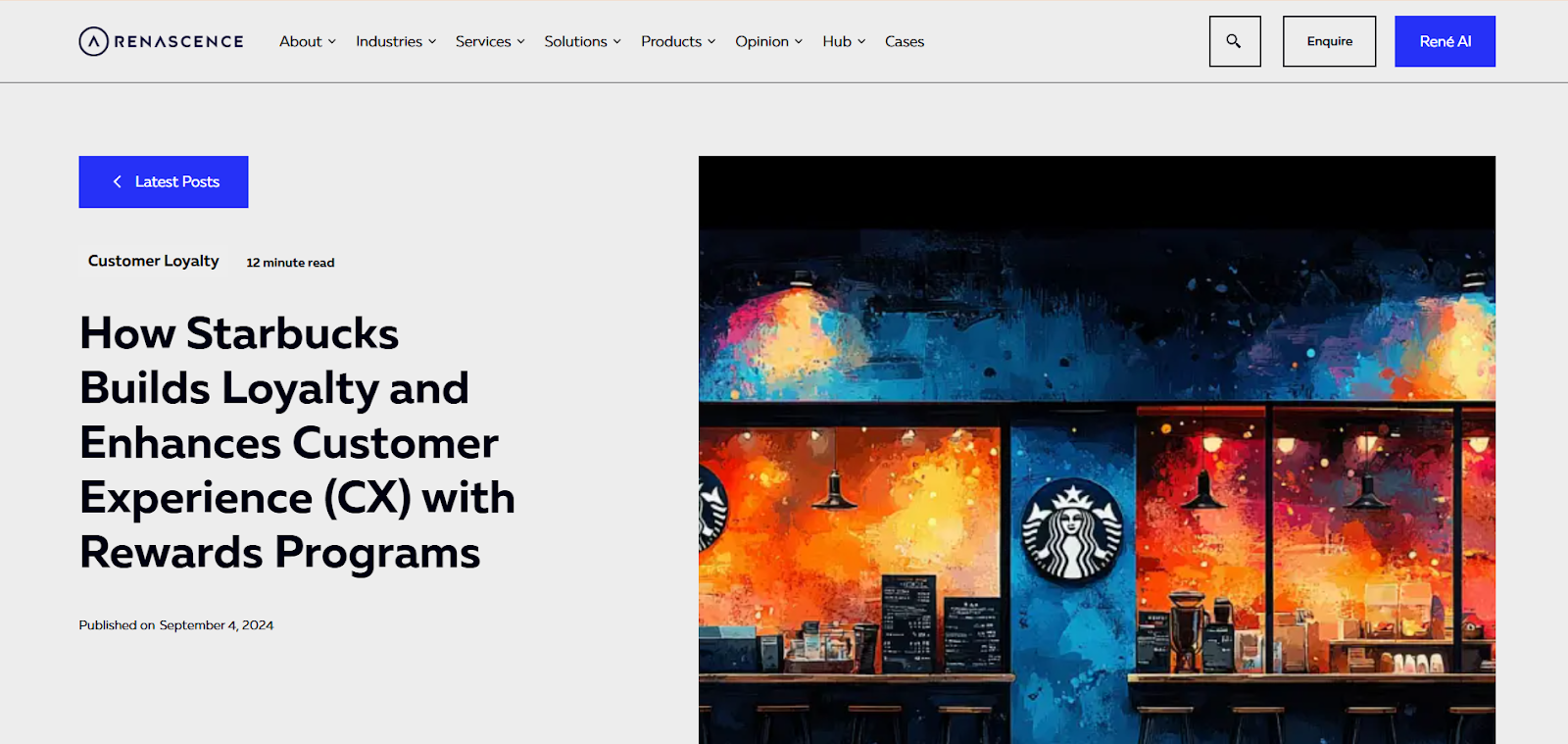
Starbucks’ loyalty program remains one of the best examples of customer engagement done right. Its gamified points system, mobile integration, and personalized promotions have set the standard for what customers expect from a modern rewards experience.
Key takeaway: You don’t need a global brand to apply smart loyalty principles, focus on experience, not complexity.
Whether you’re running a single café or a regional chain, the pattern is clear: successful loyalty programs are simple, personalized, and consistent.
Restaurant loyalty programs have come a long way from the days of paper stamp cards tucked behind the counter. What started as a simple way to reward regulars has evolved into a fully digital experience that connects data, personalization, and customer convenience.
Today’s loyalty systems don’t just track purchases; they help restaurants understand behavior. With integrated ordering and POS systems, every transaction becomes a data point: how often someone visits, what they order, and how much they spend. That insight allows restaurant owners to make smarter decisions about which dishes to promote to when to send special offers.
But the biggest shift has been ease and automation.
Modern loyalty cards, apps, and platforms let customers earn and redeem points automatically, often without even mentioning it at checkout. Scanning a QR code, ordering through an app, or logging in online is enough to trigger rewards in real time. For restaurant teams, that means less manual tracking and fewer errors and for customers, it means rewards they can trust to “just work.”
Another game-changer is personalization. AI-powered loyalty systems can segment customers by visit frequency or spending habits and send targeted offers like a half-price dessert to someone who usually skips it, or a birthday coupon for your most loyal guest. These small touches turn data into a genuine connection.
In short, restaurant loyalty has moved beyond transactions. Technology has turned it into an ecosystem, one where rewards, marketing, and customer experience all work together to keep guests coming back.
And while many tools claim to simplify loyalty, few bring in everything — from ordering to rewards to customer insights- into one place. That’s exactly where iOrders steps in, helping restaurants build loyalty systems that are as easy to run as they are for customers to use.

For most restaurants, the biggest challenge isn’t deciding whether to have a loyalty program, it’s finding the time, tools, and technology to run one effectively. That’s exactly what iOrders solves.
iOrders gives restaurants a built-in Loyalty & Rewards Program designed to help them keep customers coming back without extra effort or third-party costs. It combines the simplicity of a classic rewards card with the intelligence of a digital platform.
Here’s how it helps restaurants turn everyday orders into long-term loyalty:
What makes iOrders’ system stand out is how naturally it fits into daily operations. There’s no separate app to manage, no additional staff training, just a seamless extension of the ordering experience your customers already use.
By unifying ordering, delivery, and loyalty, iOrders helps restaurants do what loyalty programs were meant to achieve all along: reward great customers, strengthen relationships, and grow repeat business in a way that’s simple, scalable, and sustainable.
Book a demo today and start turning one-time guests into loyal regulars.
For restaurants aiming to grow sustainably, loyalty is one of the few things that compounds over time. A thoughtful restaurant loyalty card and reward program doesn’t just bring customers back; it helps stabilize cash flow, strengthen brand recognition, and turn regulars into advocates.
Loyalty programs work because they build a relationship that benefits both sides. Guests feel appreciated for their continued support, while restaurants gain reliable, repeat business that cushions against slow days or seasonal dips.
Over time, that trust becomes one of your strongest competitive advantages.
Today, technology makes building loyalty easier than ever. From digital restaurant loyalty cards to automated reward systems, restaurants can now create personalized, data-driven experiences that encourage repeat visits, all without adding operational complexity. The result? A steady, predictable stream of returning customers who drive long-term profitability.
If you’re ready to make loyalty part of your restaurant’s growth strategy, there’s no better time to start.
A restaurant loyalty card is a rewards system that encourages repeat visits by giving customers points or perks for every purchase. These cards can be physical, digital, or app-based and typically track customer spending automatically through the restaurant’s POS or online ordering system. Over time, diners can redeem their points for discounts, free items, or exclusive rewards — helping restaurants boost retention and repeat orders.
A good loyalty rewards program for restaurants is one that’s simple, transparent, and valuable to the customer. The most successful models are points-based, tiered, or visit-based programs that make earning rewards effortless. Ideally, your loyalty program should integrate with your POS or online ordering system, automate tracking, and send personalized offers that reflect customer preferences.
Yes — research shows that loyalty-driven traffic continues to rise even as overall restaurant visits decline. Programs that reward repeat customers help restaurants stabilize revenue, improve customer retention, and increase average spend per visit. In fact, loyal customers often spend up to 67% more per order than first-time guests, making loyalty systems one of the most effective profit levers for restaurants.
Small and independent restaurants can easily start a customer loyalty program using digital tools that connect directly with their ordering systems. Start simple — for example, a digital punch card (“buy 9, get 1 free”) or a points-based program. As participation grows, you can expand into app-based or tiered models. Platforms like iOrders make it easy to automate rewards, track engagement, and personalize offers without extra workload.
Digital restaurant loyalty programs provide convenience for both customers and staff. They eliminate manual tracking, reduce errors, and allow restaurants to collect valuable data about spending habits and visit frequency. These insights help owners tailor rewards, refine menus, and run targeted marketing campaigns — all while keeping customers engaged and coming back regularly.